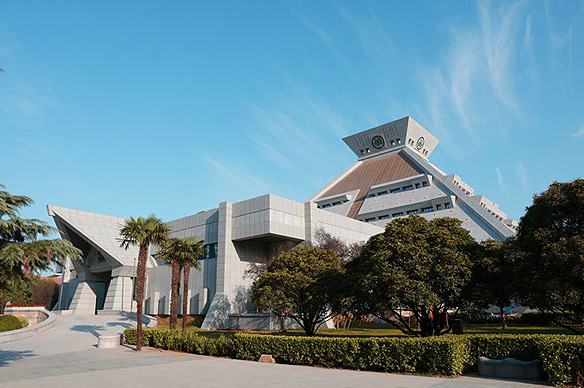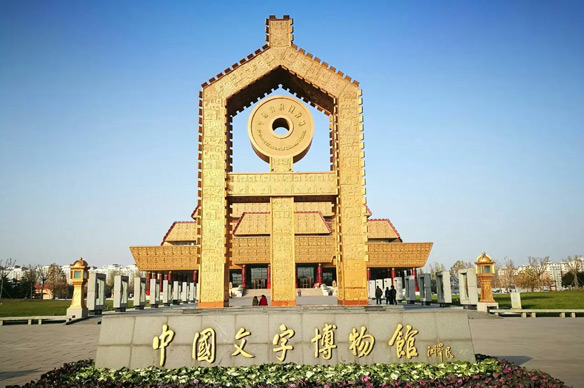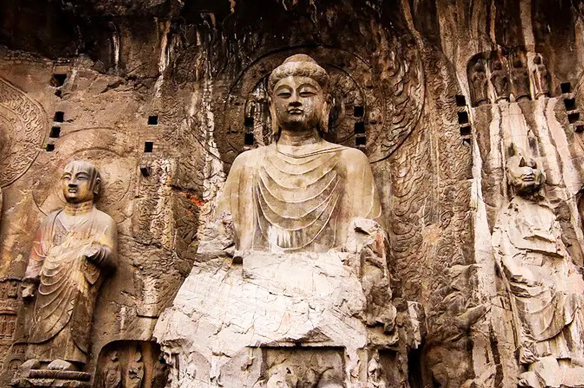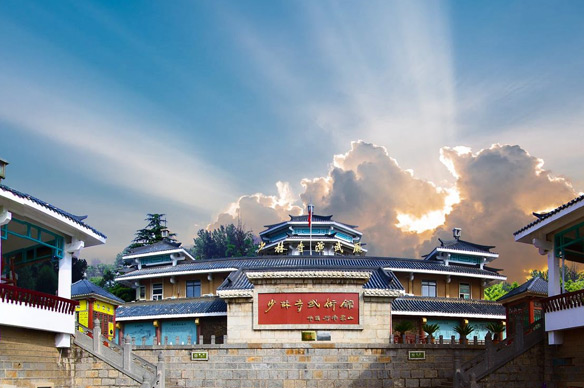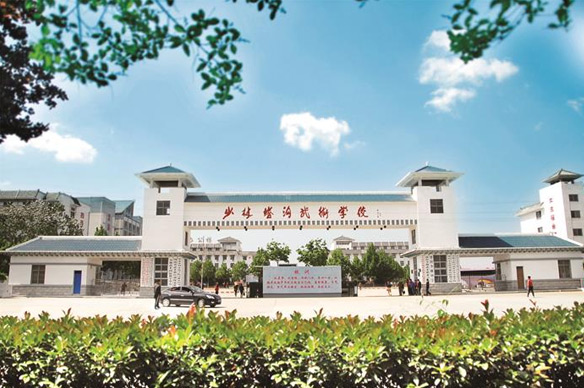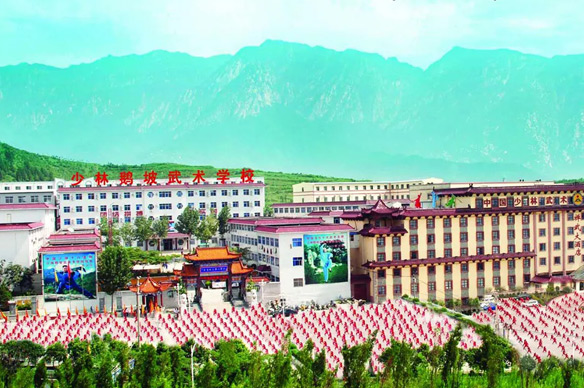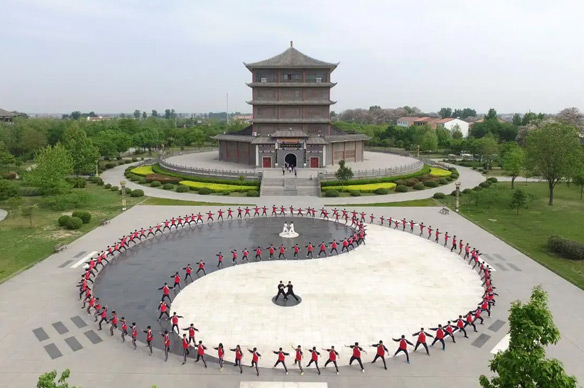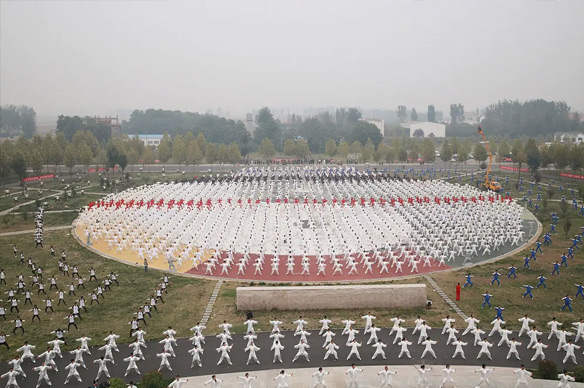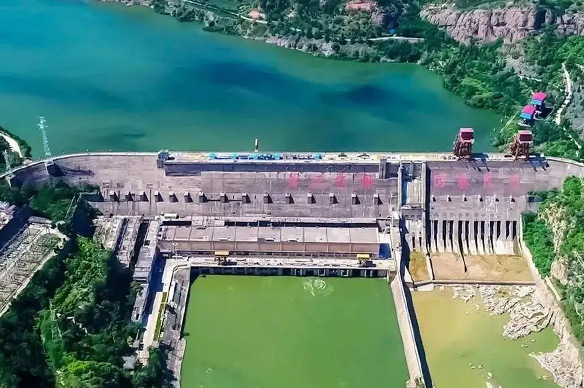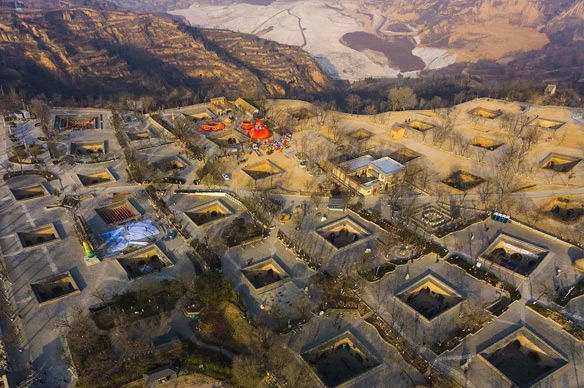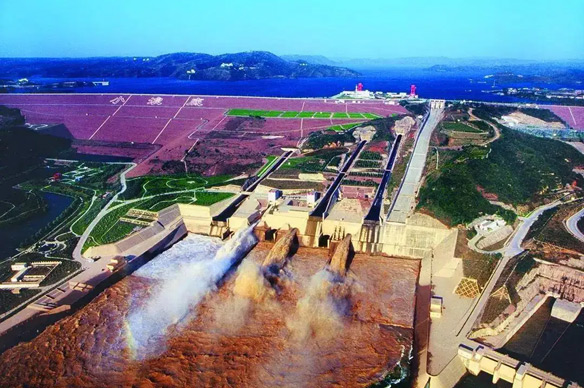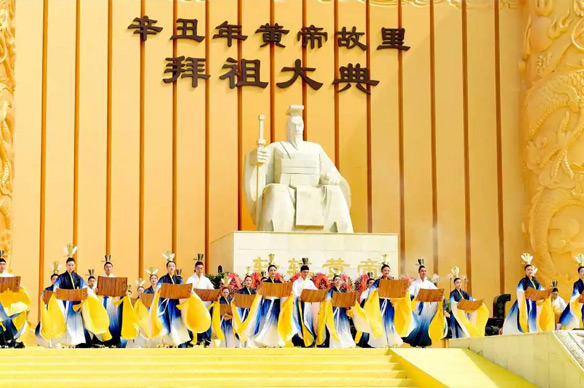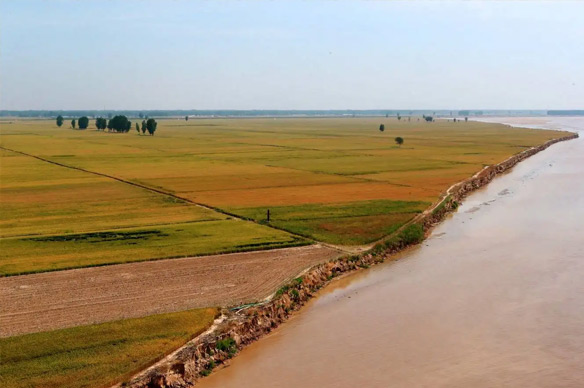TRAVELLING AROUND HENAN TO KNOW MORE ABOUT CHINA
CHINESE HISTORY 丨 CHINESE KUNGFU 丨 YELLOW RIVER & SILK ROAD CIVILIZATION
Located in the center of China, Henan is the birthplace of the Chinese kungfu as well as the historical and cultural center of China. It is the “home” of all Chinese descendants. A tour of Henan helps one understand the origins of China, the Chinese historical culture, the Chinese kungfu and the Chinese people. You are welcome to visit Henan and get to know about the real China.

